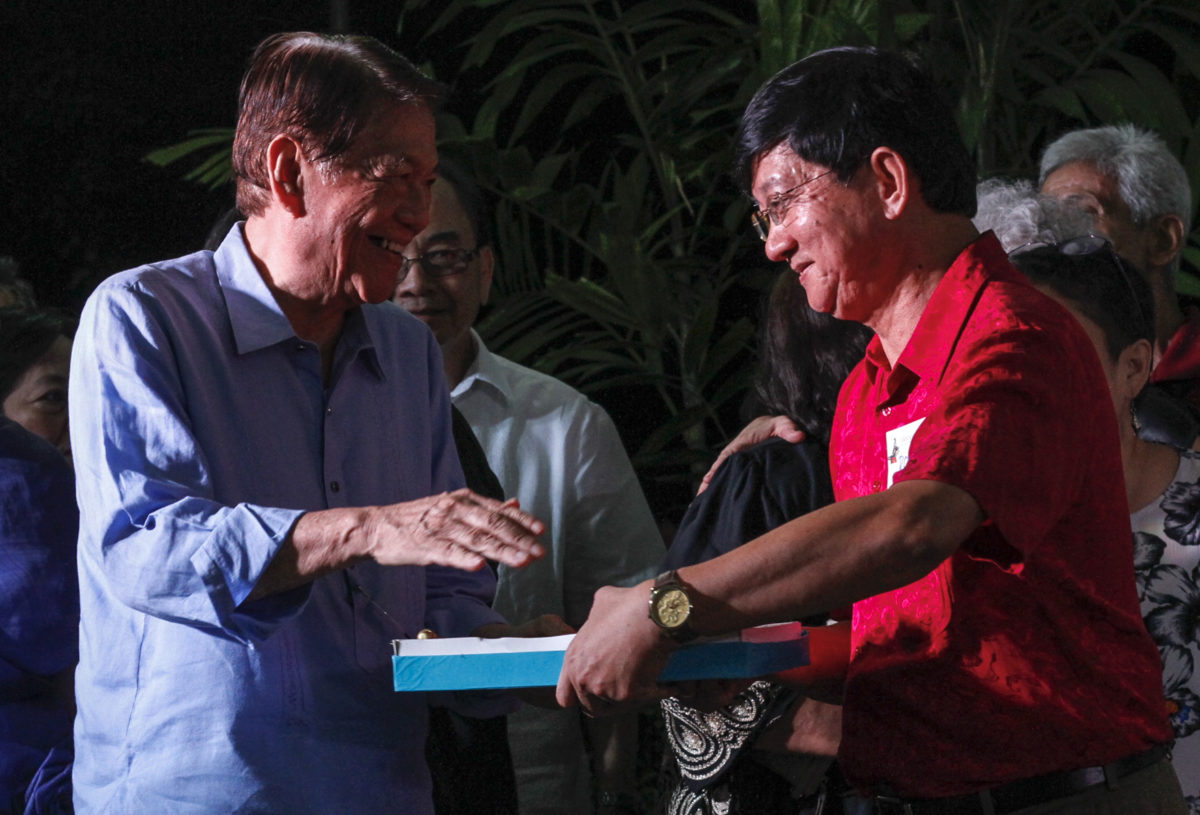When VERA Files trustee Lourdes “Chit” Estella-Simbulan was killed in a road crash six years ago, Philippine journalism lost not just one of its exemplary practitioners but also one of its best teachers.
Simbulan, who would have turned 60 on Aug. 19, had been teaching journalism at the University of the Philippines and made it her mission to “help produce good journalists, journalists who can be better than me.”
Simbulan’s thoughts about teaching, notably about what makes an ideal journalism teacher, were documented in a 2008 recording when she sat down for an interview with her former student, Kathryn Raymundo, then a writer for the Center for Media Freedom and Responsibility.
Raymundo, who now works for the Bangkok-based Southeast Asian Press Alliance, dug up a copy of the audio from her files, and shared a copy with VERA Files. The interview runs for more than 40 minutes. Excerpts could be heard in the clip below.
Although almost 10 years old now, her words about the importance of getting the facts right still resonate, especially in the so-called post-truth world of alternative facts and fake news.
“I keep telling my students, I don’t expect you to know everything under the sun,” Simbulan said. “What I would expect from you is for you to find out what you don’t know.”
As important as teaching students the right skills is teaching them the right attitude, Simbulan noted.
“What kind of attitude? The attitude that you have to have the patience in the industry, the diligence, and the sense of initiative to go after facts,” she said.
Asked who would make a good journalism educator, Simbulan said it would be “somebody who has practiced journalism.”
“By relaying to the students what we have experienced, we hope that you become stronger and you don’t commit the mistakes that we might have committed,” she said.
After obtaining her journalism degree from UP, Simbulan worked for various newspapers and tabloids. She worked as reporter for the Manila Evening Post and Tempo, before joining Ang Pahayagang Malaya where she was assigned to cover Malacañang. In the mid-1990s, she became managing editor of Manila Times, and in 1999, editor-in-chief of Pinoy Times.
Simbulan also edited the Philippine Journalism Review, a publication of CMFR, where she got to work with Raymundo who said hearing her former teacher’s voice and laughter brought back fond memories of “Ma’am Chit.”
“We used to spend our Saturdays editing and proofreading the Philippine Journalism Review Reports,” Raymundo recalls. “Despite the intense pressure of deadlines, Ma’am Chit would remain calm and focused.”
Eliza Victoria, who with Raymundo took the same course, Journalism 121: The Newsroom, under Simbulan, also shares a particularly poignant memory.
“I took up J121 a decade ago. So I can only remember fragments: Ma’am Chit saying, ‘To be an editor, you have to love language,’” said Victoria who, after college, went on to win two Palanca Awards, among others, for her writing.
“I’ve been saying this to audiences of writing panels I’ve sat on, and I only now realize I first heard it from her,” Victoria said.
Simbulan was on her way to the UP-Ayala Technohub on the early evening of May 13 when a speeding bus rammed the taxi she was in. Six years since her death, one that could and should have been prevented by good road safety laws, justice remains elusive. (See 6 years since Ma’am Chit’s death: still no justice, road crashes continue to rise).
Lawyer Arno Sanidad, who is working on the case, said it is still ongoing.
(Jake Soriano was also one of the students of Chit Estella-Simbulan in Journalism 121.)




